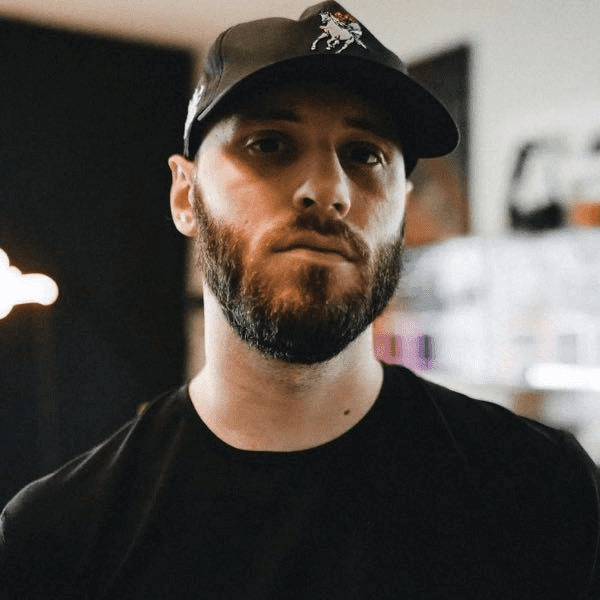How Oh My Cream Doubled Revenue with Shopify Plus Omnichannel Strategy
Business Description
Table of Contents
Navigate through the case study sections
Executive Summary
Case Study Content
Introduction
Oh My Cream began in Paris back in 2012, pairing a brick-and-mortar concept store with an editorial-style blog. From day one, the brand invited customers into a beauty magazine that doubled as a shoppable storefront. But by the time they added hundreds more SKUs and opened multiple shops across Europe, the custom CMS could not keep up. Performance lagged, updates were slow, and teams spent hours running manual reports instead of refining customer journeys. When growth stalled, the leadership knew they needed a unified platform built to scale.
Challenge
The initial site served content well but peeled away under the weight of thousands of product references. Inventory data and customer profiles lived in separate systems, and offline purchases rarely linked back to online accounts. Real-time reporting was impossible. Marketing teams could not tailor promotions based on in-store behavior, and shoppers often saw inconsistent product availability. Without a single view of each customer, building meaningful loyalty incentives felt out of reach.
Solution
Oh My Cream migrated to Shopify Plus and later swapped to Shopify POS at checkout to capture 360-degree customer data. They built a custom middleware flow that unified orders and profiles from every channel before native omnichannel tools arrived. Meta-fields and apps like Judge.me and SuperFields by Maestro streamlined product details and reviews. Data now landed in one dashboard, freeing developers to focus on brand experiences instead of integrations.
Results
Within the first year on Shopify Plus, Oh My Cream saw a 2.6× lift in revenue and a 25% growth in average online cart. Customer lifetime value jumped 50% once the loyalty program—powered by Yotpo—went live. Teams reclaimed hours each week from manual processes, and marketing budgets drove more impact with clearer ROI reports. The omnichannel foundation unlocked store promotions that synced instantly with email campaigns.
Conclusion
By consolidating onto Shopify’s enterprise platform, Oh My Cream traded technical sprawl for a streamlined ecosystem. Real-time inventory syncing, a single customer record, and modular apps gave the brand room to grow. The case proves that when technology keeps pace, teams can spend less time fighting tools and more time shaping memorable shopping experiences.
Key Takeaways
- 1Switching to Shopify Plus allowed Oh My Cream to consolidate content, commerce, and in-store data onto one scalable platform.
- 2Integrating Shopify POS at checkout unlocked a 360-degree customer view, powering personalized loyalty offers.
- 3Custom flows and meta-fields with Judge.me and SuperFields by Maestro streamlined product information and reviews.
- 4Migrating to Shopify Plus drove a 2.6× increase in revenue within two years of migration.
- 5A loyalty program built with Yotpo raised customer lifetime value by 50% and boosted repeat engagement.
- 6Real-time inventory and customer data freed teams from manual work, accelerating marketing ROI and store promotions.
Key Facts
Tools & Technologies Used
Premium Content Locked
Subscribe to access the tools and technologies used in this case study.
Subscribe NowHow to Replicate This Success
Premium Content Locked
Subscribe to access the step-by-step replication guide for this case study.
Subscribe NowInterested in Being Featured?
Share your success story with our community of entrepreneurs.
Explore More Case Studies
Discover other inspiring business success stories

How OODIENCE Uses Demand Gen to Secure Top Exit Valuations
OODIENCE reimagines online business exits by using audience-focused demand generation. Rather than relying on general ma...
OODIENCE

How a Podcast Marketing Coach Climbed to Google Page One
When Kieran MacRae noticed his services page ranking on page 7 for one keyword but page 2 for another, he made six quick...
Podcast Marketing Puzzle

How Buying a 58K-Follower Instagram Page Earned $2,500 in 72 Hours
This case study shows how Design Joy’s founder, Brett Williams, skipped months of audience building by buying an active ...
Design Joy

